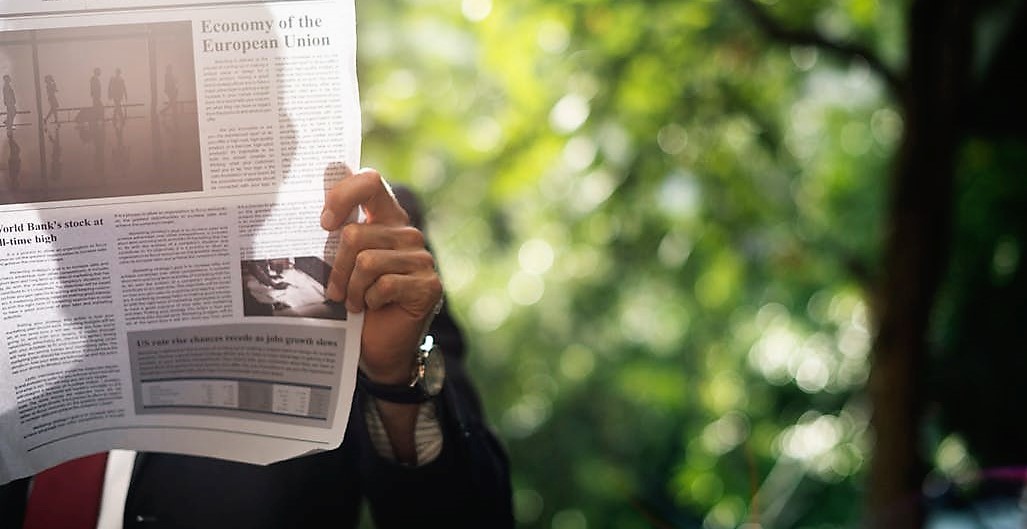Launching social for NW Washington’s behavioral healthcare leader
THE CLIENT
Compass Health is Northwest Washington’s behavioral health care leader, providing comprehensive mental health treatment, crisis intervention, children’s services and community education to more than 22,000 community members annually.
THE CHALLENGE
In 2017, the organization had been a regional and national behavioral health leader for more than a century but had yet to fully leverage social channels for community outreach, engagement with clients and team members, and educational efforts to destigmatize behavioral health issues.
Considering the vulnerable population that Compass Health serves, there were justifiable concerns about the risks of encouraging online conversations, including responding appropriately to calls for help, protecting client privacy and fostering a safe space appropriate for highly sensitive topics.
Still, organization leaders recognized the value of meeting stakeholders – clients, team members, donors, general community members, local leaders, journalists and others – where and when they wanted to engage on social channels.
OUR APPROACH
As part of an integrated communications strategy that includes robust media outreach, direct marketing, speaking opportunities and other activities, F+A researched and developed informed social strategies, including:
- Examining industry best practices for engaging on social media in the behavioral health sphere, ensuring outreach is tactful, purposeful, and responsive – and adheres to patient privacy and other health regulations.
- Mapping measurable goals tied to increasing brand credibility, raising awareness of the organization’s services, spurring engagement with decision-makers, and extending the organization’s mission to demystify mental health topics.
- Implementing a weekly organic posting cadence across Facebook, Twitter and LinkedIn using a balance of curated thought leadership content and industry trends, Compass Health media coverage, narrative-driven and executive speaker videos, promotion of popular Mental Health First Aid strategies and trainings, employee engagement activities, and more.
- Using targeted paid social media promotion to increase the reach of sponsored posts and generate followers.
- Supporting the nonprofit’s development team by sharing multimedia and written content promoting its Building Communities of Hope Gala and other fundraising campaigns.
- Enabling Compass Health to participate in and contribute credible information to social media conversations around mental health issues using hashtags such as #MentalHealthAwareness and offer coping strategies following major events such as high-profile suicides or mass shootings.
OUTCOMES
In just the first two quarters post-implementation, we partnered with our client team to drive marked results:
- Generated a 28 percent increase in Facebook and 30 percent in Twitter followers, nearly tripling our goal within the first six months. LinkedIn saw a 10 percent increase in followers.
- Facebook earned a 76 percent increase in total reach (likes, comments, clicks, shares).
- Facilitated meaningful social interaction with local nonprofit partners, regional journalists who cover Compass Health, and relevant elected officials including legislators Senator Maria Cantwell and Congressman Rick Larson.
- Successfully responded to urgent posts, comments or direct messages within the target timeframe, and routed individuals to appropriate service providers.
WHY THIS WORKED
In the years since, Compass Health’s channels have continued to grow steadily, attracting highly engaged audience members. Its social presence is successful because it works in concert with other communications efforts, amplifying thought leadership, meeting stakeholder needs for information, and providing authentic touch points.






